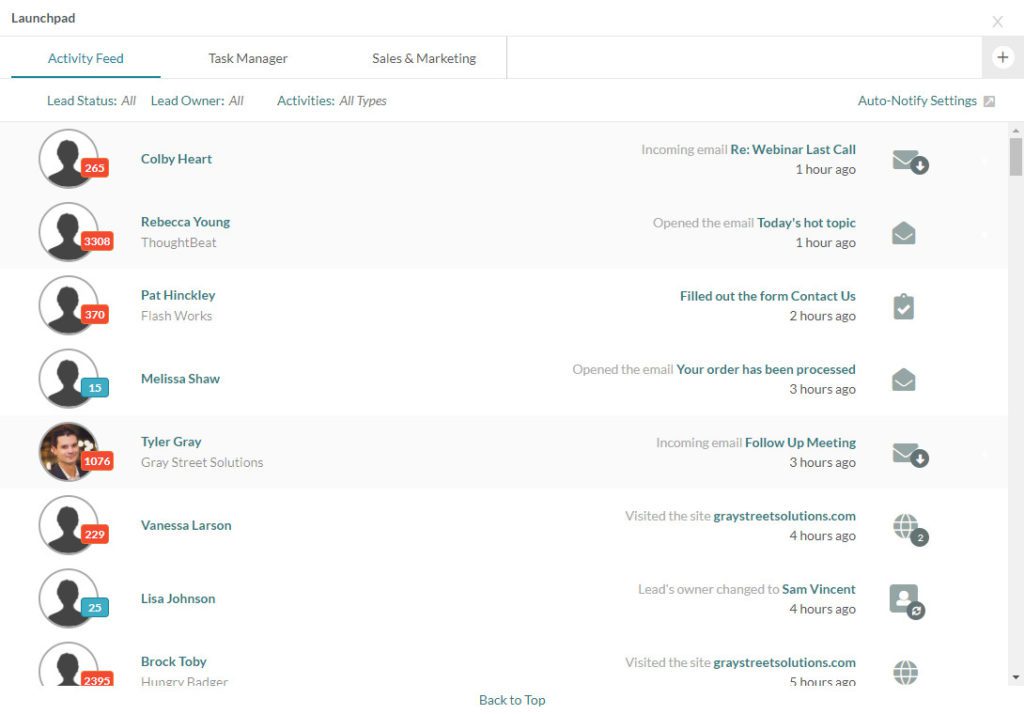Generative AI is increasingly being used to create content across the web, making valuable information all the more scarce. Writing thought leadership pieces that truly stand out and offer a unique perspective is simultaneously becoming more difficult and more important in driving traffic to your website. The reality is that publishing content is now becoming cheaper, easier and faster every day.
I believe that there’s a role for generative AI in content creation, but it cannot truly replace humans with real world experience. We’ll go through our process of creating higher quality content with the help of AI instead of becoming just another content farm.
The dark side of AI generated content
Toward the end of 2023, Jake Ward boasted about pulling off an “SEO Heist”, where his team used AI to generate 1800 articles based on content from a competitor’s website and successfully gained 3.6M in total traffic.
One commenter said “1800 different webpages of completely useless AI bullshit created in a weekend, which will show up high in search results. If you think searching for useful info online is harder than it used to be… it’s about to get a lot worse.”
I predict two trends over the next year or two – first, search engines will become better at identifying low quality pure AI content and lowering the rank of associated pages. Next, we’re likely to see AI content improve to the point that search engines can no longer distinguish between AI and human written content, with one difference: [good quality] Human written content is rooted in real experience, whereas AI content is trained from data sources without any quality control – when you dig down deep, content written by real humans is more accurate and their advice better translates to the real world. Unfortunately, you need some level of experience in a subject matter to know the difference.
AI content will increasingly replace human written content, but there is certainly a spectrum of ethical ways to use AI in content production. While I don’t have the answer to legislating this ethical dilemma, I’d encourage everyone who publishes content online to follow this guideline: if your usage of AI feels like plagiarism, you’re doing it wrong.
The daily dot wrote a good article covering the SEO Heist story.
Using AI the right way
While some may use AI to churn out mountains of uninspired content, used in the correct way it can take your valuable insights and help you convey them to your readers.
When putting pen to paper, often the first sentence is the hardest to write – using AI to give yourself a starting point can save hours of work deciding how to phrase or frame ideas. AI helps you take your ideas, generate some content around it that you can then sculpt into your own work, adding your own unique insights.
In fact, that’s how this article was crafted – the final result has been completely rewritten to provide my own experience and mold it into what I had in mind when I started, but I’ve also used AI to help identify areas that I may have expertise in but have overlooked when considering this piece. After my “sleep on it” step, I also realized that the original idea was actually two related but separate ideas ones, so the end result has been even more transformed from the AI generated original by splitting it and fleshing out both halves – this half being the ethics and process of using AI to write content, and the other a more general article about writing good articles.
Here’s the process that I’ve used:
Write a prompt to give yourself a starting point, outlining some of the topics you want to cover and describing the style of writing that you’re aiming for:
Please write a blog article that talks about writing good quality blog articles. Use a professional but not overly formal tone / language and avoid comical language.
Here is an outline of the article:
The benefit of regular blog article writing for SEO purposes
Experts are rarely also good writers – they know a lot, but aren’t able to convey their knowledge in a way that is easily consumed by readers.
Talk about the Feynman technique and the unloading rate of language.
If you use a ghostwriting service, explain the importance of interviewing subject matter experts in the business and reviewing articles before publishing.
For researched articles, research can replace interviews, but SME’s should still review the final content for relevance and accuracy before publishing.
From there, I picked and chose paragraphs that matched my initial inspiration for the article. One of the paragraphs spoke about choosing your topic, which I found uninteresting, however it did make me realize that I’d missed the topic of Framing. Cue the next prompt:
Please write an additional paragraph for this article about framing the topic
To make sure that I hadn’t missed any other important topics, I wrote a more generic prompt that would give me a wider range of angles / topics:
Please write a blog article that talks about writing good quality blog articles. Use a professional but not overly formal tone / language and avoid comical language.
One of the topics that came out of that prompt was about Authenticity, which leads me to my final thought about using AI tools the right way: the end result should be your own. Your article should reflect your unique perspective – of course to build trust and connection with your audience, but also to create something unique and human. As the usage of AI content creation grows, the importance of high quality content rooted in real human experience becomes even more valuable and important.
Once I have a starting point, I’ll start an iterative writing process that is mostly free of AI unless I need another sub-topic written for me as a starting point.
Here is an outline of my iterative process:
- Delete irrelevant or bad content, or even good content that doesn’t fit my goals (that can always be copied to another draft article for later)
- Adjust the flow of the article so that the order makes sense and tells the story I’m looking for.
- Rewrite and re-frame the content that I do like, and ensure that the tone and tenses are consistent.
- Sleep on it when you’ve come as far as you can and pick it up the following day. It’s nearly impossible to maintain objectivity after having read your own work 10 or 15 times during the editing and iterating process. I’ll always read the content again the following day, and make sure that it is really my own words coming through.
- Ask for feedback from a colleague when you think it’s done – a fresh perspective will usually highlight glaring errors or an awkward flow of content right away.
One day soon we’ll have legislation or a web standard for providing guidelines for how AI may be used in writing content, but for now it’s up to us to decide what type of content we want to be putting out there. I’ll end with one final piece of wisdom: Your words are your ambassadors – make sure they represent you well.





